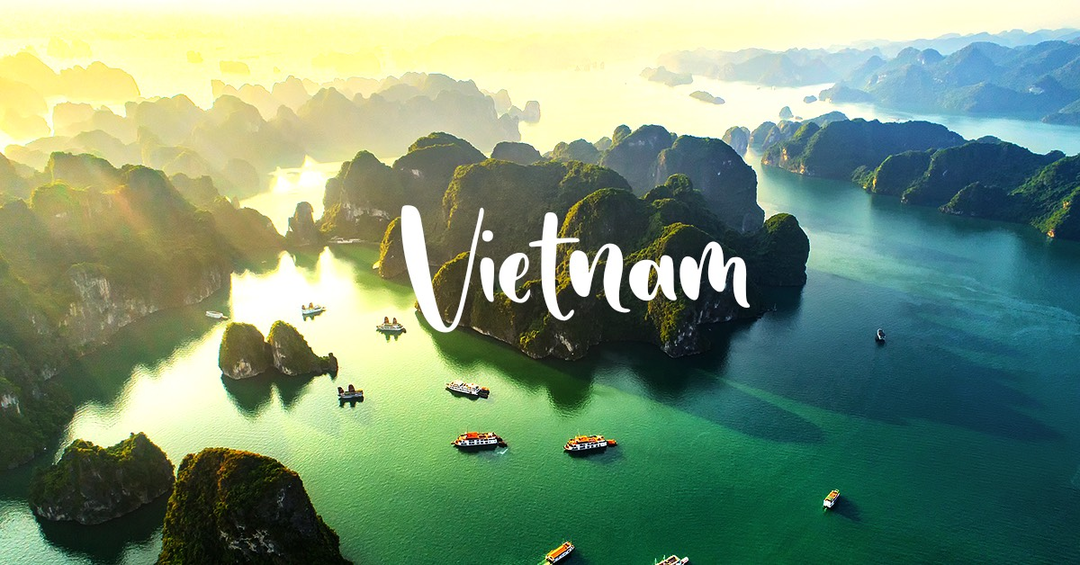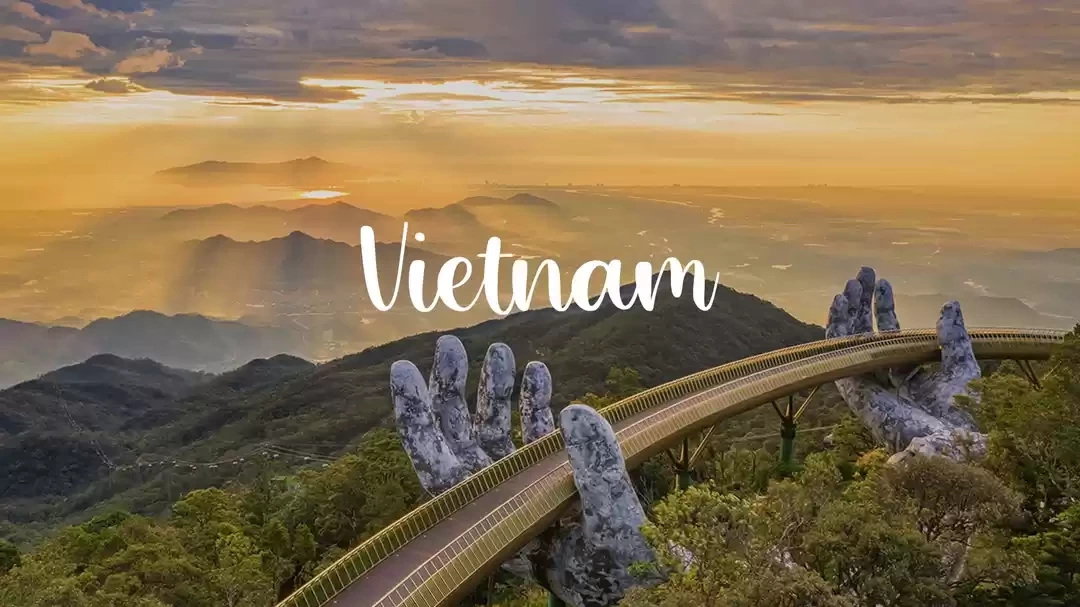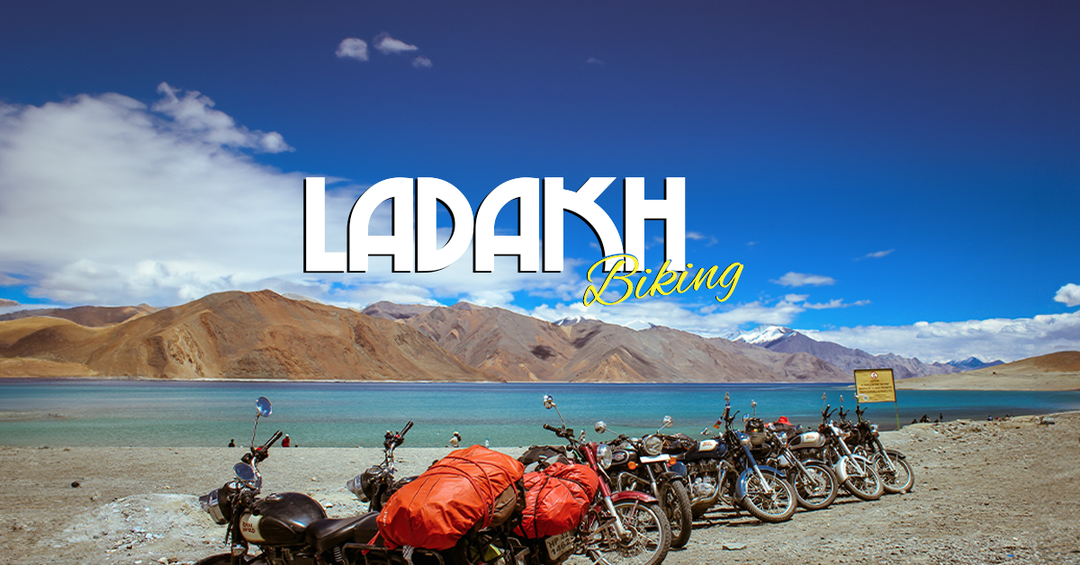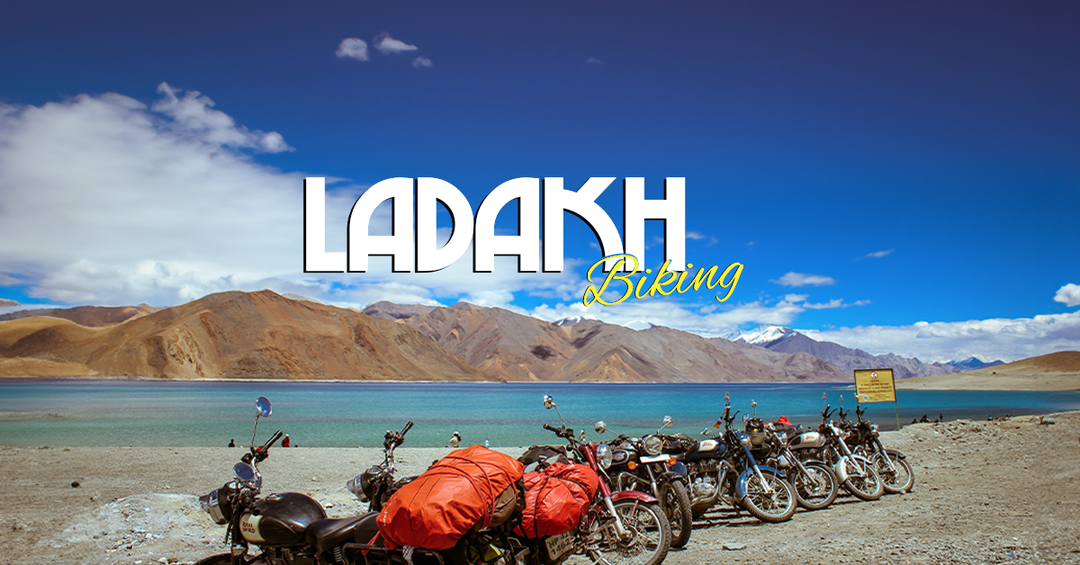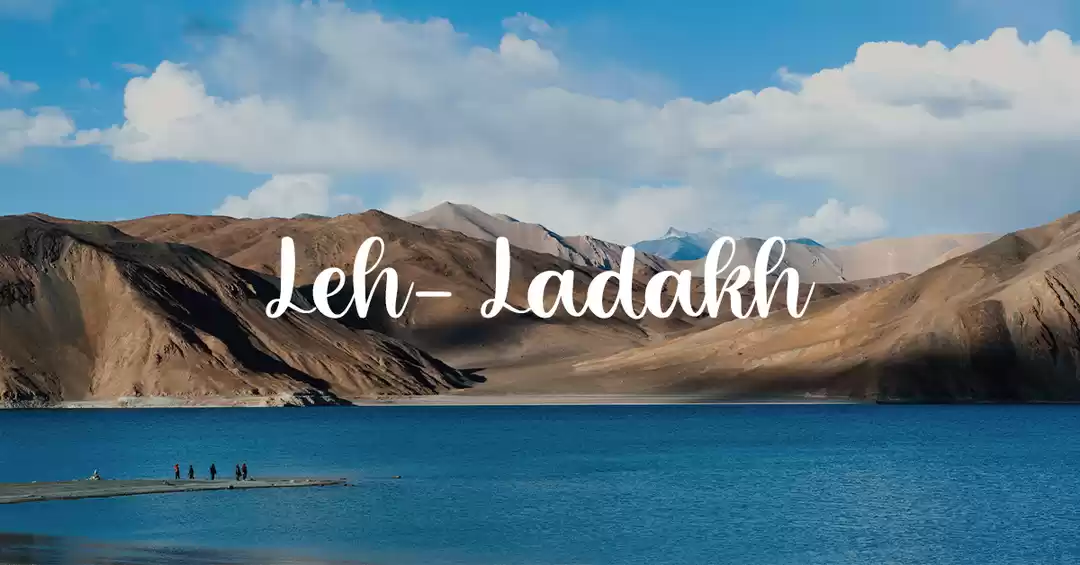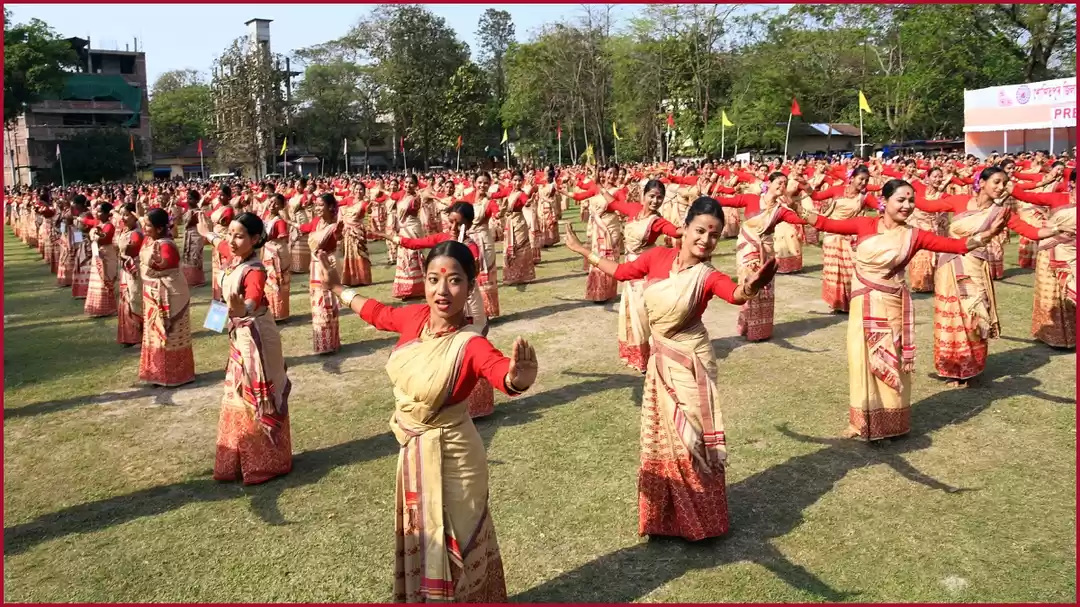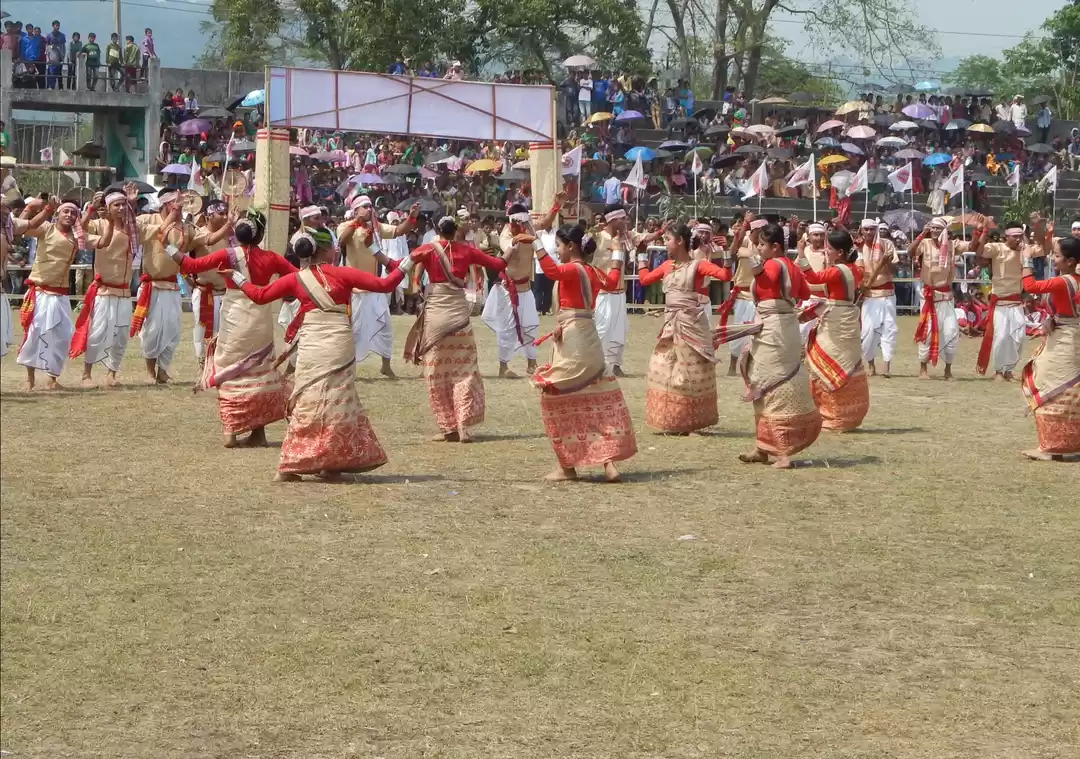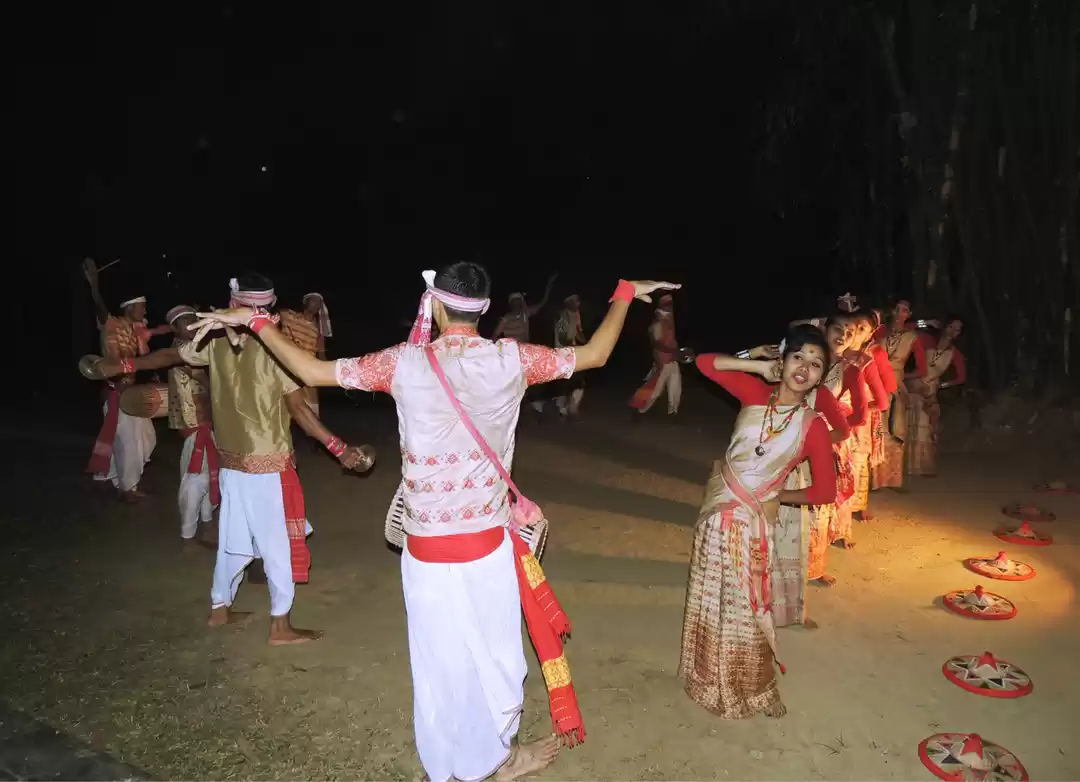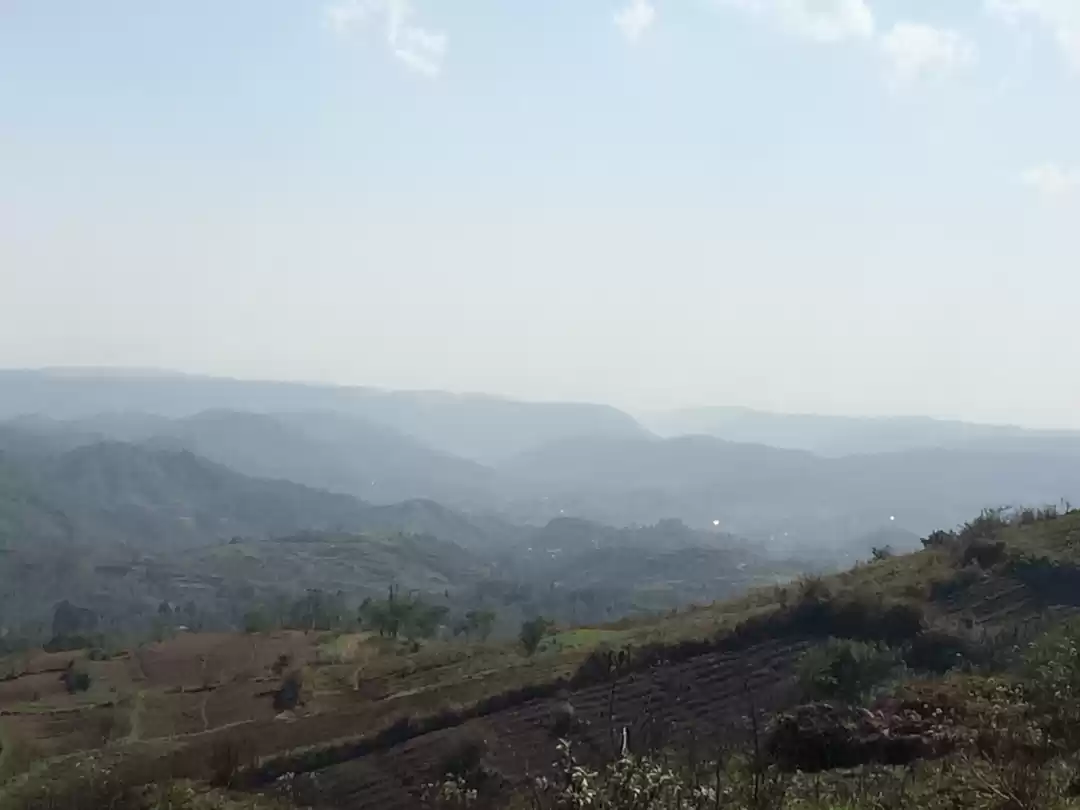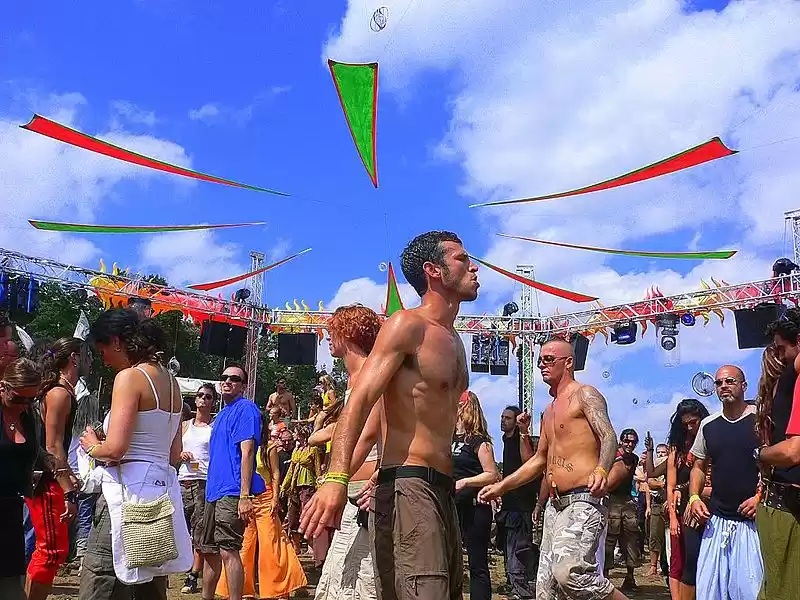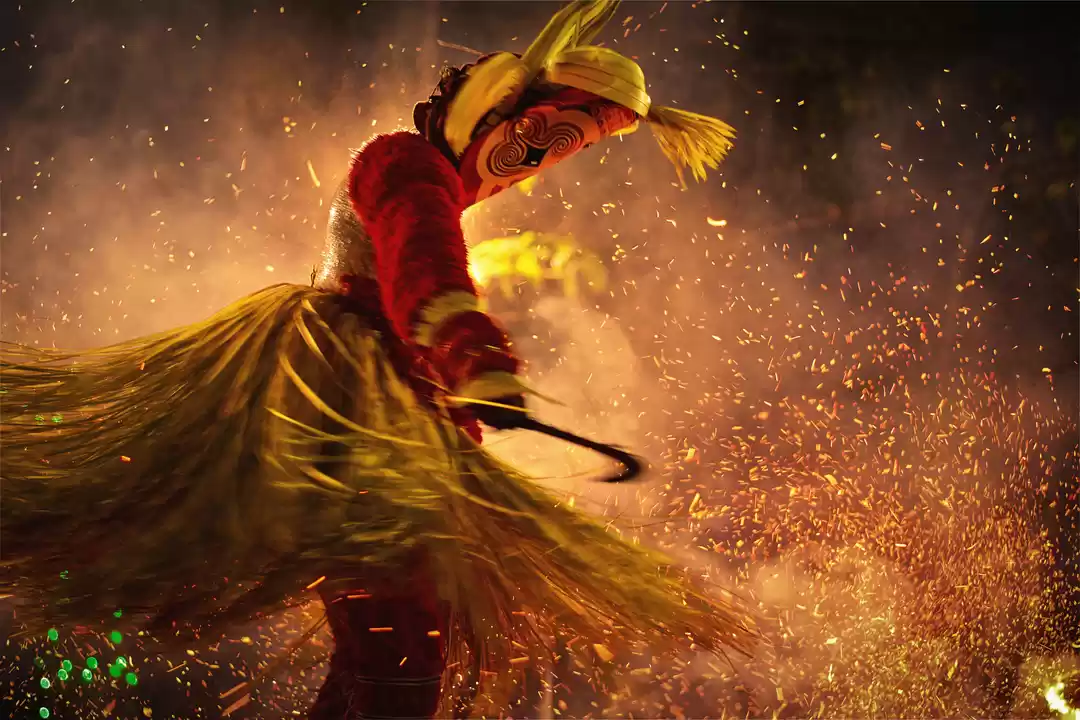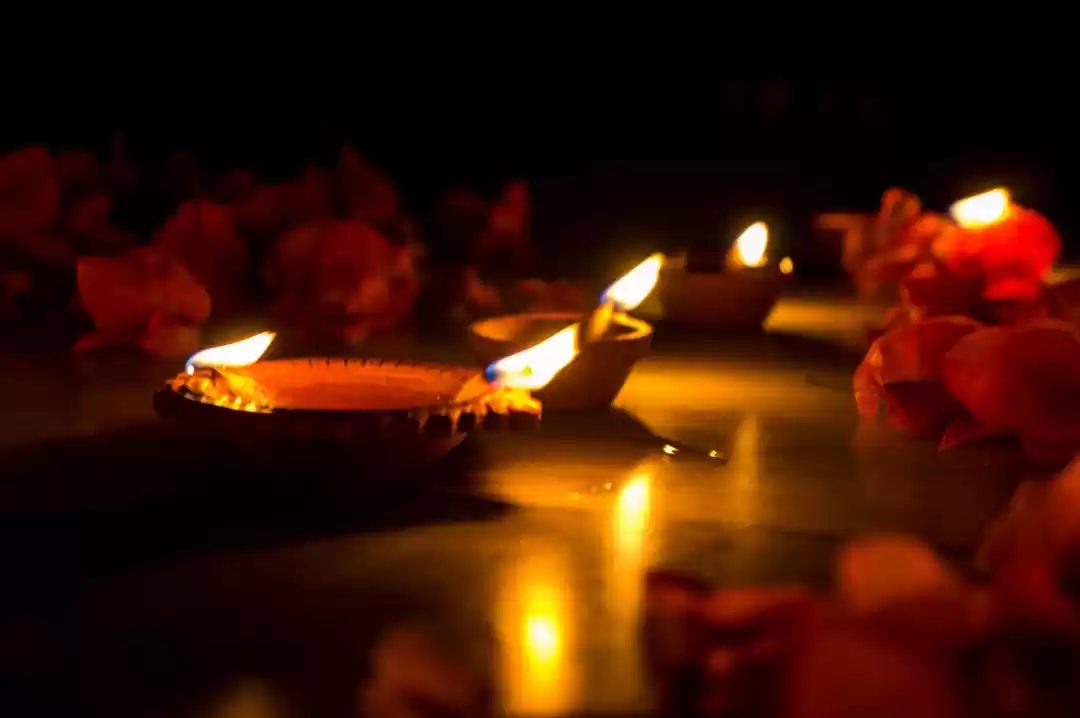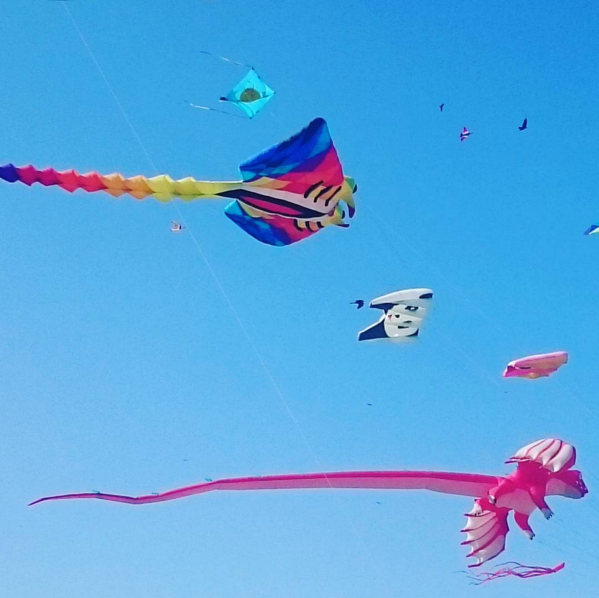New Year’s Day is a big deal for me. I am filled with a sense of hope, excitement and positivity. Possibilities seem endless, and for a strange reason, I feel in control of my life and destiny.
As January progresses, however, this new-found optimism seems to fade. If you’re losing that New Year’s high too, don’t worry! India is a huge country with a number of communities and cultures. For a lot them, the calendar announces the new year much later.
Each of these Indian new year’s celebrations is full of pomp and frills, probably more ostentatious than any 31st December party. Not only is it a good time to visit the different places across India to join the festive conviviality, but you can also rejuvenate yourself with that new year’s cheer. Take a look at this guide and start booking your tickets for an all-new cultural experience of New Year’s Day.
Indian New Years’ Celebrations in 2020
Most of the Indian new year celebrations coincide with the harvest season. Hence, you’ll notice that most of the festivals mentioned below take place in March or April. Interestingly though, each region’s celebrations differ vastly and offer a unique experience to visitors.
Losar and Losoong (Ladakh and Sikkim)
If you have always wanted to explore Northeast India, particularly Sikkim, consider planning a trip in February. Not only will you enjoy the chilly winters and the snow, but you could also attend Losar, the new year festival celebrated by Tibetan Buddhists. Observe the colourful flags adorning the streets and attend cultural events and sporting contests hosted by the local monasteries. You will find street performances of Yak Dance by youngsters and Cham Masked Dance to be the linchpin of the festivities. You could also head there in December and experience Losoong, another new year festival celebrated by the minority tribes such as the Bhutias and the Lepchas.
Ugadi (Karnataka, Telangana and Andhra Pradesh)
Is South India on your bucket list? If yes, don’t miss out on this important festival to delve into the region’s authentic spirit. Falling sometime between March and April, Ugadi marks the beginning of a new year in Andhra Pradesh, Karnataka and Telangana. Although the festival is mostly celebrated at home by making rangolis, sharing gifts, putting up decorations and participating in local customs and rituals, you can experience its zest in full-force at the temples.
Gudi Padwa (Maharashtra and Goa)
Another festival celebrated between March and April is Gudi Padwa in Maharashtra and Goa. Lose yourself in the festivities by making vibrant rangolis and participating in the processions on the streets. You will observe the locals hoisting unique Gudhi flags (topped with a garland, neem leaves and an upturned lota), dancing intensely and indulging in some special food made for the occasion. Join along for a unique Marathi experience!
Pohela Boishakh (West Bengal, Assam and Tripura)
Bengali culture has been alluring travellers from all over the world since time immemorial. Its new year’s festival is a testament to this statement. Visit the states of West Bengal as well as Tripura and Assam in mid-April to find yourself immersed in the merriment. Spending family time is important on this day, but you can join the community as it comes together to organise fairs and processions.
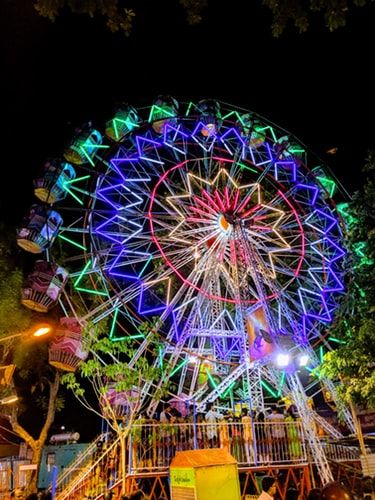
Pana Sankranti (Orissa)
Pana Sankranti is another traditional new year’s day that you can attend in mid-April. Since the day is believed to be Lord Hanuman’s birthday, people honour him by visiting temples of Hanuman, Shiva, Surya or Shakti and taking a dip at the pilgrimage sites. Colourful fairs and performances take over the streets. In some places, the festivals end with a firewalk! Besides partaking in the jolly spirit of the community, uphold tradition by relishing Pana, the name of a drink which partly contributes to the festival’s name. It is a chilled beverage made of mango, milk, yoghurt and coconuts. The whole celebration is bound to be the highlight of your Orissa trip.
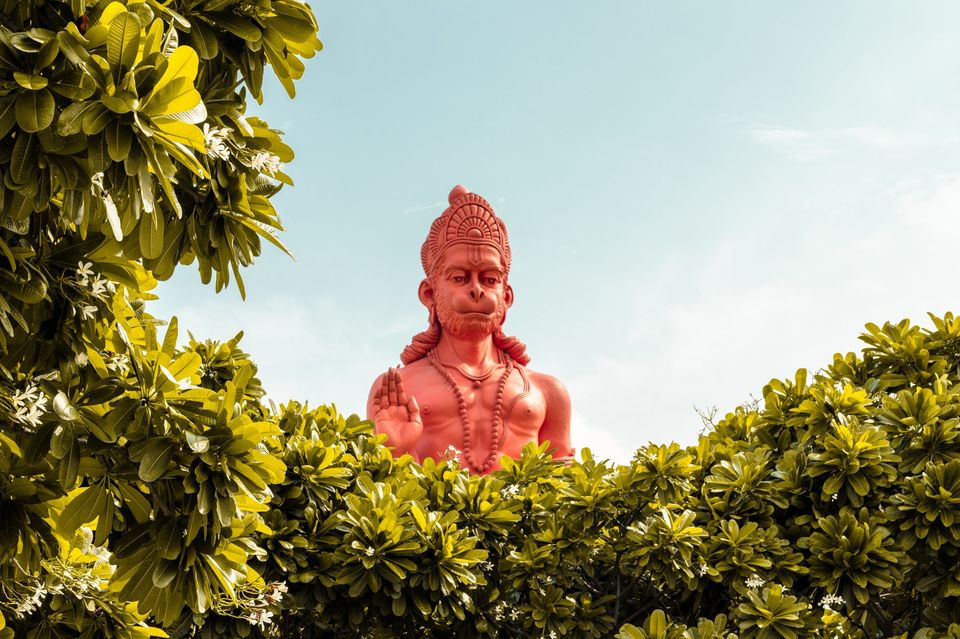
Bohag Bihu (Assam)
Want to attend a Bihu festival? Choose to go to Assam during the Bohag Bihu, which takes place in mid-April and denotes the beginning of a new year. You get to see a variety of rituals that are performed over the course of a week. Goru Bihu is considered to be the last day of the previous year, which involves the washing and worshipping of cows. On the new year’s day, called Manuh Bihu, join local celebrations by wearing new clothes and enjoy the folk songs and dances. Every tribe celebrates Manuh Bihu in accordance with their own ancestral tradition.
Bestu Varas (Gujarat)
Interestingly, Diwali marks the last day of the year for Gujaratis. The day after that is thus celebrated as the new year. You’ll find people lighting fireworks at 4.00 am as that is when the day begins, according to their calendar. Celebrations of the new year mirror the Diwali festivities. It is the only place in the country that observes the advent of the new year at this time. So if you are looking for further reasons to celebrate after Diwali, Gujarat is the place for you!

All of these Indian new year festivals bring forth the best of the different cultures sprawling across India. Don’t limit your merriment to the Gregorian Calendar and participate in the different Indian new year celebrations throughout the year!
Have you been to any traditional Indian new year festival? Share your experience in the comments below.





